The Future of AI in Food and Beverage: A Revolution in the Making

Artificial intelligence (AI) isn’t just transforming industries like technology and healthcare – it’s rapidly infiltrating the world of food and beverage. This technological revolution promises to change everything about how food is grown, processed, delivered, and even how we choose what to eat.
Imagine fields where AI-powered systems meticulously optimize growing conditions, leading to bountiful harvests with minimal waste. Picture food factories where sensors and cameras diligently safeguard quality standards, minimizing contamination risks. AI is poised to make this a reality.
And that’s just the start. Supply chains are becoming smarter with AI analyzing complex data to streamline routes and predict demand like never before. In the near future, you might be getting diet recommendations tailored uniquely to your needs thanks to AI-powered wearables. Even restaurants won’t be left untouched, as robots and AI chatbots work alongside humans to enhance the dining experience.
This blog post is your guide into this exciting landscape. We’ll explore how AI is already making its mark on the food and beverage industry and what groundbreaking changes lie ahead. Get ready to discover how AI is reshaping what we eat and how we produce it!
The future of AI in food and beverage begins in the fields. AI is transforming agriculture into a data-driven science. AI-powered systems integrated with sensors, drones, and weather monitoring tools provide farmers with unparalleled insights. These algorithms analyze soil moisture levels, crop health, and weather patterns, enabling farmers to optimize irrigation schedules and fertilizer application. This targeted approach reduces waste, conserves precious resources, and increases crop yields.
Drones with AI-vision can pinpoint early signs of disease or pest infestation. This allows for highly localized treatment, minimizing the need for widespread pesticide use. AI is also driving predictive analytics in farming. By analyzing historical data and current conditions, AI can help farmers predict crop yields and make informed decisions about planting, harvesting, and even pricing strategies.
Precision farming isn’t just about efficiency; it’s about sustainability. AI helps optimize resource utilization and reduce the environmental impact of agriculture. As AI technology continues to advance, we can expect even more sophisticated solutions that address the challenges of feeding a growing population. The future of food lies in the intelligent partnership between farmers and AI, ensuring a bountiful harvest while protecting our planet.
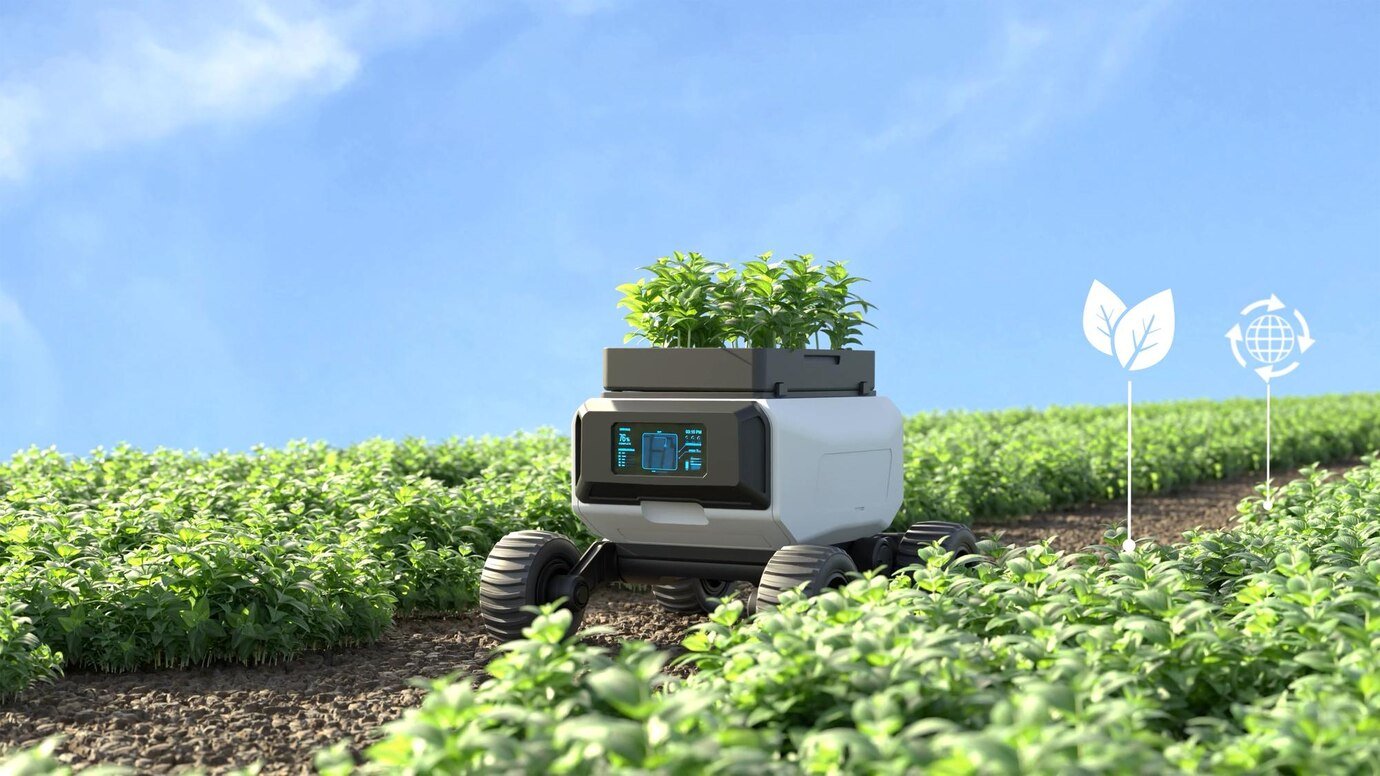
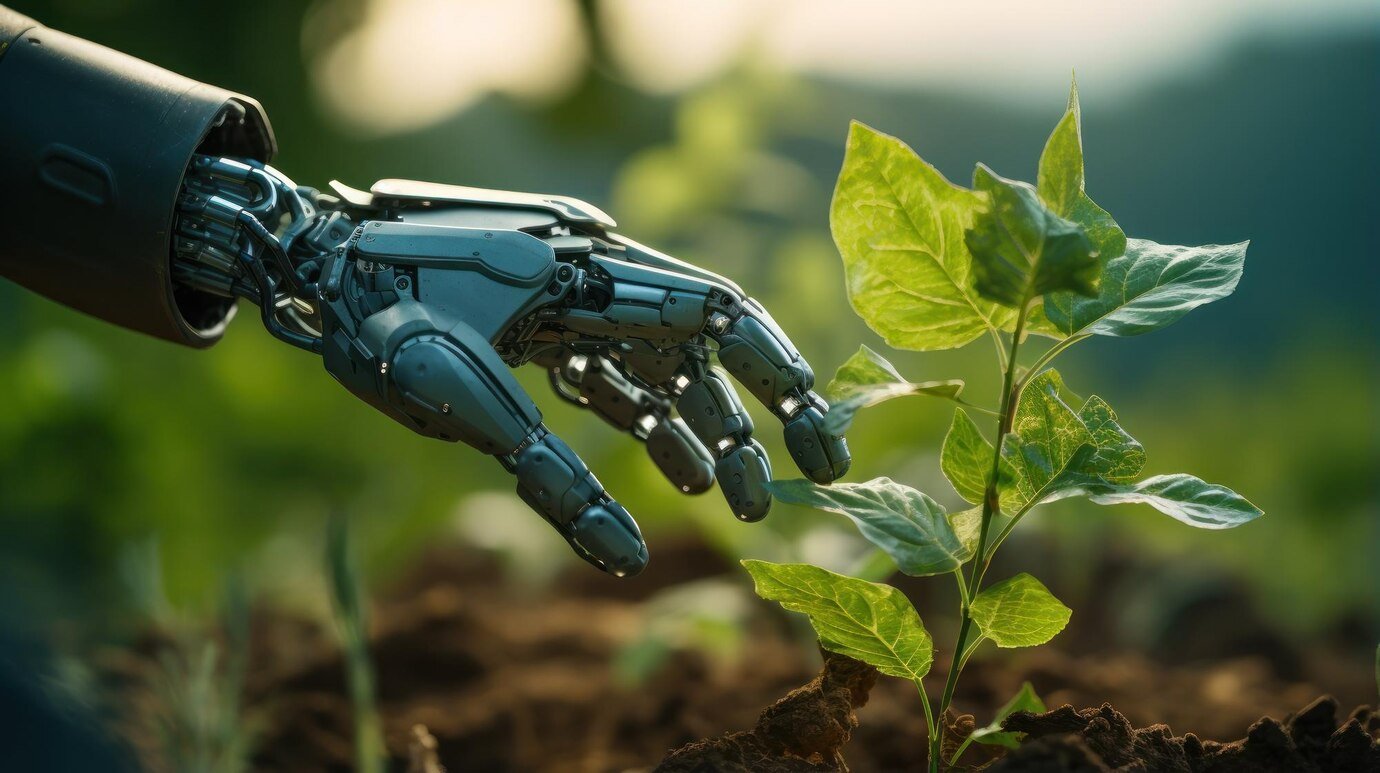
Food Safety and Quality Assurance: AI as a Guardian
Food safety and quality are non-negotiable in the food and beverage industry. AI is emerging as a powerful safeguard in this domain. Computer vision systems equipped with AI can meticulously scan food products, detecting foreign objects, anomalies, or signs of contamination with unparalleled accuracy. This ability surpasses traditional human inspection, minimizing the risk of tainted products reaching consumers.
Furthermore, AI can analyze massive datasets from food production facilities, identifying patterns and potential hazards before they escalate. Predictive analytics powered by machine learning help pinpoint areas of vulnerability in the supply chain, allowing for proactive interventions and risk mitigation.
The Future of AI in Food and Beverage
AI’s role in food safety is set to become even more sophisticated. Imagine AI capable of not only identifying but also classifying different contaminants, streamlining the recall process, and protecting brand reputation. Self-learning AI systems could continuously analyze data from food quality inspections, potentially unearthing subtle trends and patterns that would be impossible for humans to detect. This could lead to the development of even more proactive and preventative food safety measures, ensuring the highest levels of safety and quality in our food supply. The future of AI in food and beverage promises a world where food-related health risks are significantly reduced, and consumer trust in our food system is strengthened.
Smart Manufacturing and Supply Chain Optimization
The future of AI in food and beverage promises a manufacturing and supply chain landscape transformed by efficiency and insight. AI-powered systems are already optimizing food production lines. Robots flawlessly handle repetitive tasks, increasing both output and safety. Machine learning algorithms meticulously monitor equipment, predicting maintenance needs, and preventing costly breakdowns. This minimizes downtime and ensures consistent product quality.
Looking ahead, AI will play an even larger role in inventory management. It will analyze massive datasets encompassing sales trends, weather patterns, and even social media buzz, to accurately forecast demand. This allows businesses to preemptively adjust production levels and minimize waste.
AI will also lead the charge in route optimization for transportation and logistics. Traffic data, delivery schedules, and even fuel costs can be factors in dynamic, AI-generated routes that guarantee the freshest products reach consumers quickly and cost-effectively. These advancements will ultimately benefit the entire food system, from producers to retailers, and finally, the consumers themselves.


Personalized Nutrition: The Power of AI-Driven Insights
The future of AI in food and beverage lies in its ability to move beyond one-size-fits-all dietary advice. AI is ushering in an era of personalized nutrition, where meals and health plans are uniquely crafted for individuals. Wearable devices and sensors collect an unprecedented amount of personal data – from calorie intake and sleep patterns to blood glucose levels and gut microbiome composition. AI-powered algorithms transform this complex data into actionable insights about a person’s metabolism, sensitivities, and specific nutrient needs.
Imagine apps that don’t just suggest recipes, but dynamically build meal plans optimized for your exact health goals. This approach tackles issues like weight management, chronic disease prevention, and athletic performance in a hyper-targeted way. AI-powered food choices become tools for better health, not restrictive diets.
The future of AI in food and beverage is bright, and its ability to personalize how we eat will fundamentally change the food industry. It is a shift from generic advice to tailored nutrition blueprints that unlock optimal health and well-being for everyone.
AI-Powered Restaurants: The Future of Dining
AI is rapidly transforming the way we dine out, ushering in a future of hyper-efficiency and personalized experiences. Here’s a glimpse into the future of AI in food and beverage, specifically within the restaurant setting:
AI-Powered Ordering and Reservations: Imagine interacting with a conversational AI chatbot to make reservations or place orders with ease. These chatbots could offer recommendations based on your preferences and even handle complex dietary restrictions.
Robot Chefs and Waitstaff: While not intended to fully replace human interaction, robots could excel at tasks requiring precision or repetition. Robot chefs could whip up consistent dishes, while robotic servers enhance delivery efficiency.
Data-Driven Menu Creation: The future of AI in food and beverage includes restaurants analyzing customer feedback, sales trends, and even social media to identify popular flavors. AI could even assist in designing innovative dishes that cater to evolving tastes.
Personalized Dining Experiences: AI could remember your favorite order, suggest dishes based on your past choices, and create an entirely customized ambiance based on your preferences.
Example Restaurants Embracing AI:
Creator (San Francisco): Features robot chefs preparing gourmet burgers.
Spyce (Boston): A robotic kitchen creates personalized, healthy bowls.
Moley Robotics: Developing a fully automated kitchen for home use, with the potential for restaurant applications.
This transformation is still in its early stages, but as AI technology advances, restaurants that embrace this change can streamline operations, deliver consistent quality, and create uniquely personalized dining experiences that keep customers coming back for more.


The Future: A Taste of What's to Come
While AI currently transforms the food and beverage landscape, the true revolution is yet to come. Let’s envision the incredible possibilities that lie ahead:
Hyper-Personalized Food Experiences: AI-powered systems won’t simply suggest recipes based on your preferences but will analyze your unique genetic makeup and health data. Imagine meals tailored with pin-point precision to fuel your body and mind optimally.
Food Waste Elimination: Imagine a world with zero food waste. AI, by accurately predicting consumer demand and optimizing supply chains, could make this a reality. Excess food could be intelligently repurposed and distributed to areas in need.
The Rise of the AI Food Scientist: AI won’t just cook your food, it might design it! AI-powered ‘molecular gastronomy’ could analyze flavor compounds and textures, creating new food experiences that push the boundaries of culinary imagination. These AI-generated recipes would not only be delicious but optimized for sustainability and specific health benefits.
‘Smart Kitchens’ as the Norm: Imagine your kitchen as AI mission control. Smart appliances connected to an AI brain will monitor food supplies, suggest recipes, and even walk you through the cooking process step-by-step, ensuring perfect results every time.
The future of AI in food and beverage is about more than just efficiency. It’s about a world where food becomes hyper-personalized, sustainable, and a source of unimaginable culinary experiences. The revolution is underway, and the future tastes exciting!
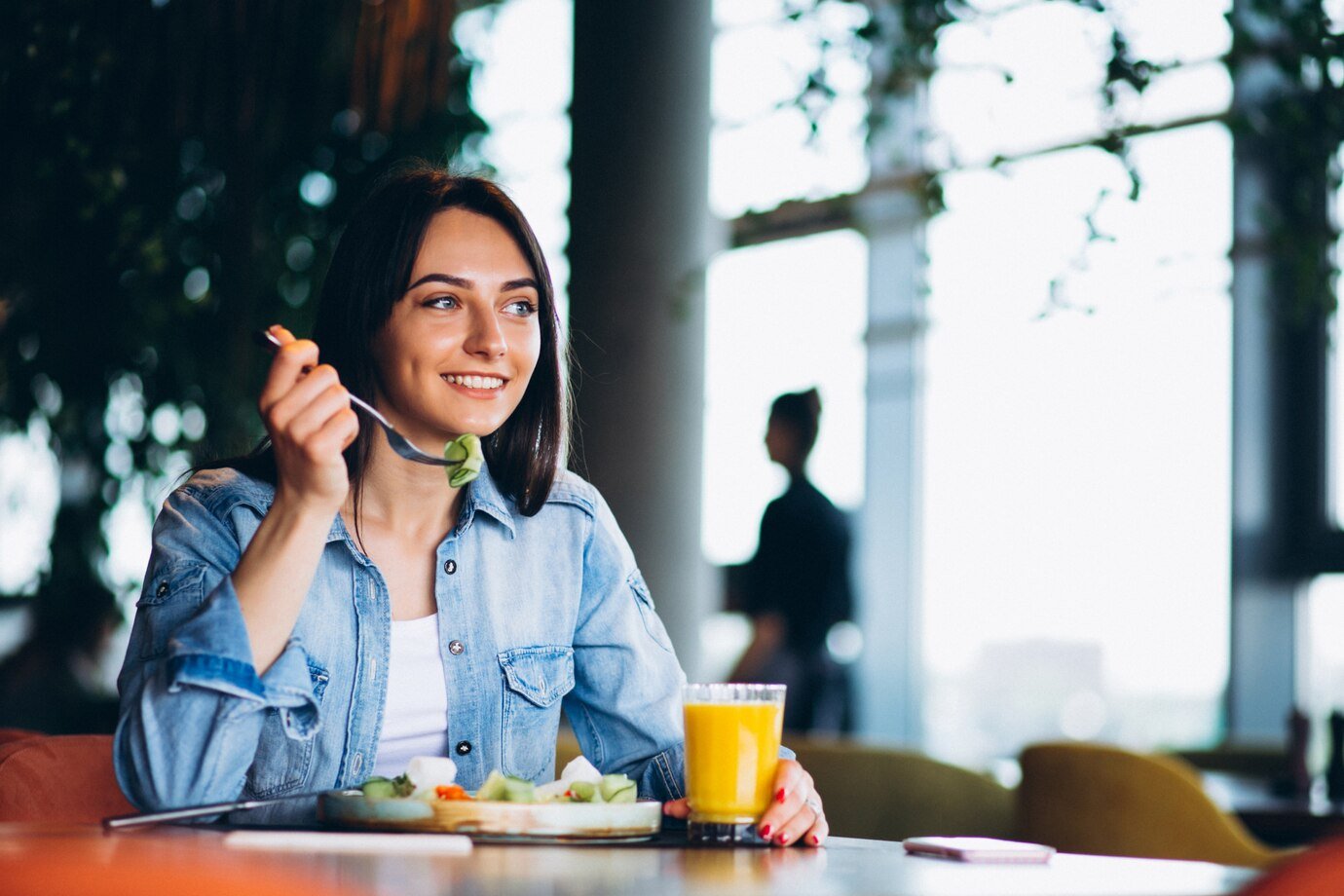

Challenges and Considerations with Future AI In Food and Beverage
While the future of AI in food and beverage shines with vast potential, navigating a successful integration demands careful consideration of potential challenges and ethical concerns. Let’s delve into a few key areas:
Cost of Implementation: The development and deployment of sophisticated AI systems can be financially demanding. This may pose a barrier for smaller businesses within the food and beverage industry, potentially widening the gap between those who can leverage this technology and those who can’t. Strategies for tiered-pricing models and open-source AI tools might help democratize access to these innovations.
Data Quality and Bias: AI models are fueled by data. If the data they are fed is incomplete, inaccurate, or inherently biased, the resulting AI decisions will reflect those flaws. Ensuring the quality, representativeness, and ethical collection of data is essential. This involves addressing potential biases stemming from historical societal inequalities that might be inadvertently reinforced by the algorithms.
The Need for AI Expertise: Designing, implementing, and maintaining AI systems requires specialized expertise. The food and beverage industry may face a shortage of skilled AI professionals, creating a hurdle for widespread adoption. Investing in upskilling the existing workforce, fostering collaborations between the tech and food sectors, and attracting new talent into the industry will be crucial.
The Question of Job Displacement: The automation made possible by AI raises concerns about potential job losses, particularly in tasks that might become fully automated. While AI stands to create new jobs and opportunities, it’s equally important to proactively plan for workforce transitions, retraining programs, and fostering an equitable distribution of the benefits brought about by technological advancements.
Transparency and Trust: Explaining the reasoning behind AI recommendations can be challenging, especially with complex machine learning algorithms. Building trust in AI systems will require transparency, helping users and stakeholders understand how decisions are made. This is crucial for sensitive areas like food safety and personalized nutrition.
Navigating the Path Forward
Addressing these challenges is not about stalling the future of AI in food and beverage, but instead, responsibly shaping that future. Proactive steps include:
Collaborative Models: Partnerships between food businesses, tech companies, research institutions, and regulatory bodies will help spread costs, share expertise, and build robust governance frameworks.
Focus on Explainable AI: Developing AI methods that can provide reasoning behind their recommendations will foster trust and acceptance.
Ethical Guidelines: Industry-wide ethical AI guidelines, addressing privacy, bias, and transparency will be indispensable for building public confidence in these technologies.
The future of AI in food and beverage is bright, with the potential to solve pressing problems and create incredible opportunities. By carefully considering these challenges and working collaboratively to address them, we’ll pave the way for an AI-driven future that is sustainable, equitable, and benefits the entire industry.
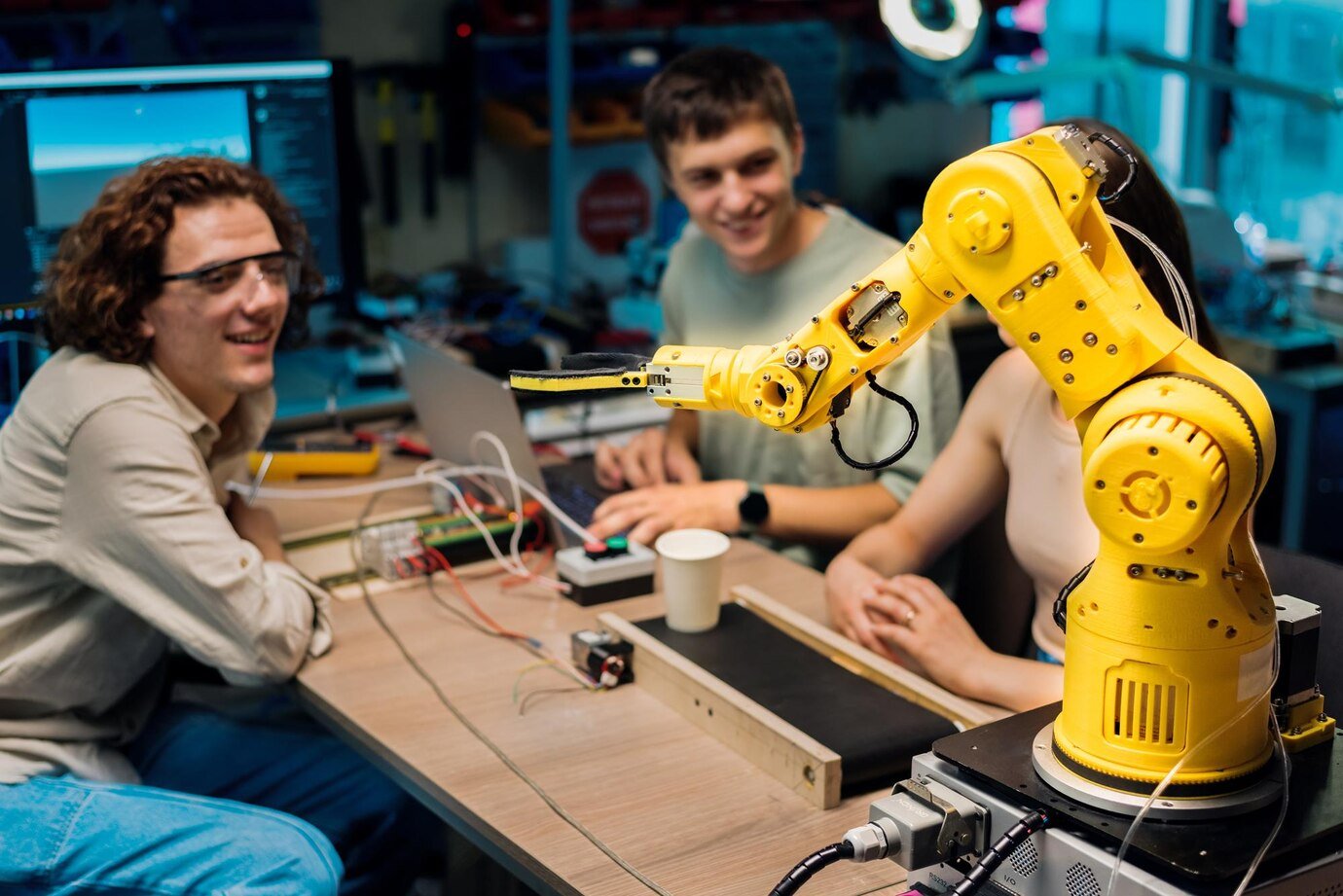
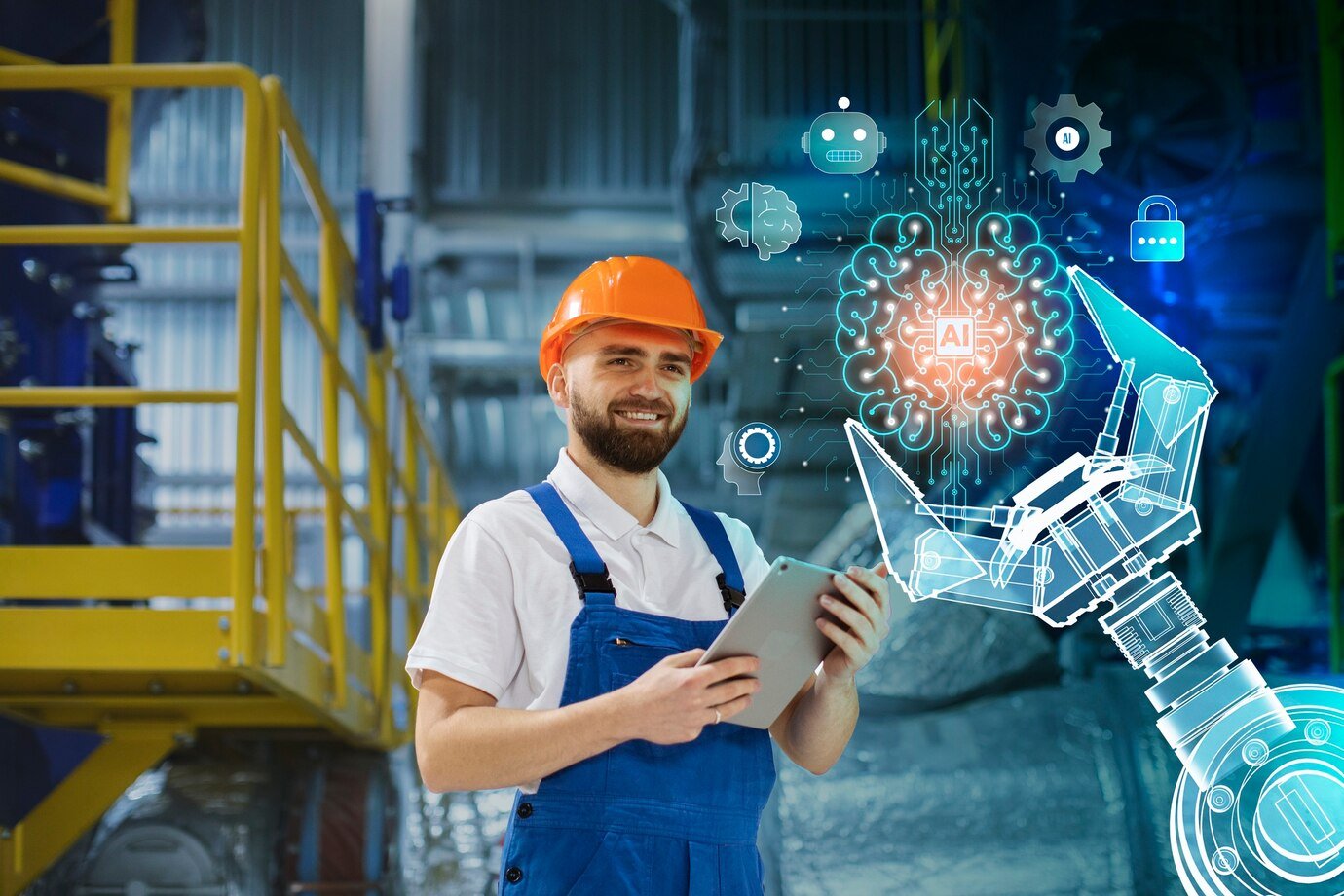
F&Qs
A1: AI plays a crucial role in enhancing food safety by:
- Real-time monitoring: AI-powered sensors can continuously monitor for contaminants in food processing facilities, enabling rapid detection and intervention.
- Predictive analytics: Machine learning algorithms can analyze historical data to identify potential vulnerabilities and predict where food safety risks might emerge, allowing for preventive action.
- Product traceability: AI-powered systems aid in tracking ingredients and products throughout the supply chain for quick and effective recalls when necessary.
A2: AI-driven personalized nutrition offers several advantages:
- Tailored recommendations: AI analyzes an individual’s health data, dietary preferences, and goals to provide customized meal plans and dietary guidance.
- Improved health outcomes: Personalized nutrition can help people manage chronic conditions, achieve weight loss goals, and improve overall well-being.
- Enhanced engagement: People are more likely to stick to dietary plans and lifestyle changes when they feel the recommendations are designed specifically for them.
A3: AI significantly helps with labor challenges by:
- Automation: AI-powered robots and machines perform repetitive tasks like sorting, packaging, and quality control, freeing up human employees for more complex roles.
- Optimized scheduling: AI algorithms can create efficient work schedules, ensuring adequate staffing based on demand predictions, and accommodating employee preferences.
- Training and upskilling: AI-powered training tools can help employees learn new skills and adapt to evolving technologies within the industry.
A4: Responsible AI use is critical. Key ethical considerations include:
- Data privacy: Ensuring that personal data collected by AI systems is used securely and with the consent of individuals.
- Algorithm bias: AI algorithms need to be designed to prevent discrimination and unfair treatment based on factors like gender, race, or socioeconomic status.
- Transparency: Companies should be transparent about how they use AI and its potential impacts on workers and consumers.
A3: AI will both change existing jobs and create new ones. Some routine tasks might become automated, leading to a shift in job responsibilities. However, AI also creates the need for new roles such as:
- AI developers and data scientists: To build and manage AI systems
- Robotics technicians: To maintain and operate AI-powered robots
- Food safety analysts: To use AI-generated insights for risk management


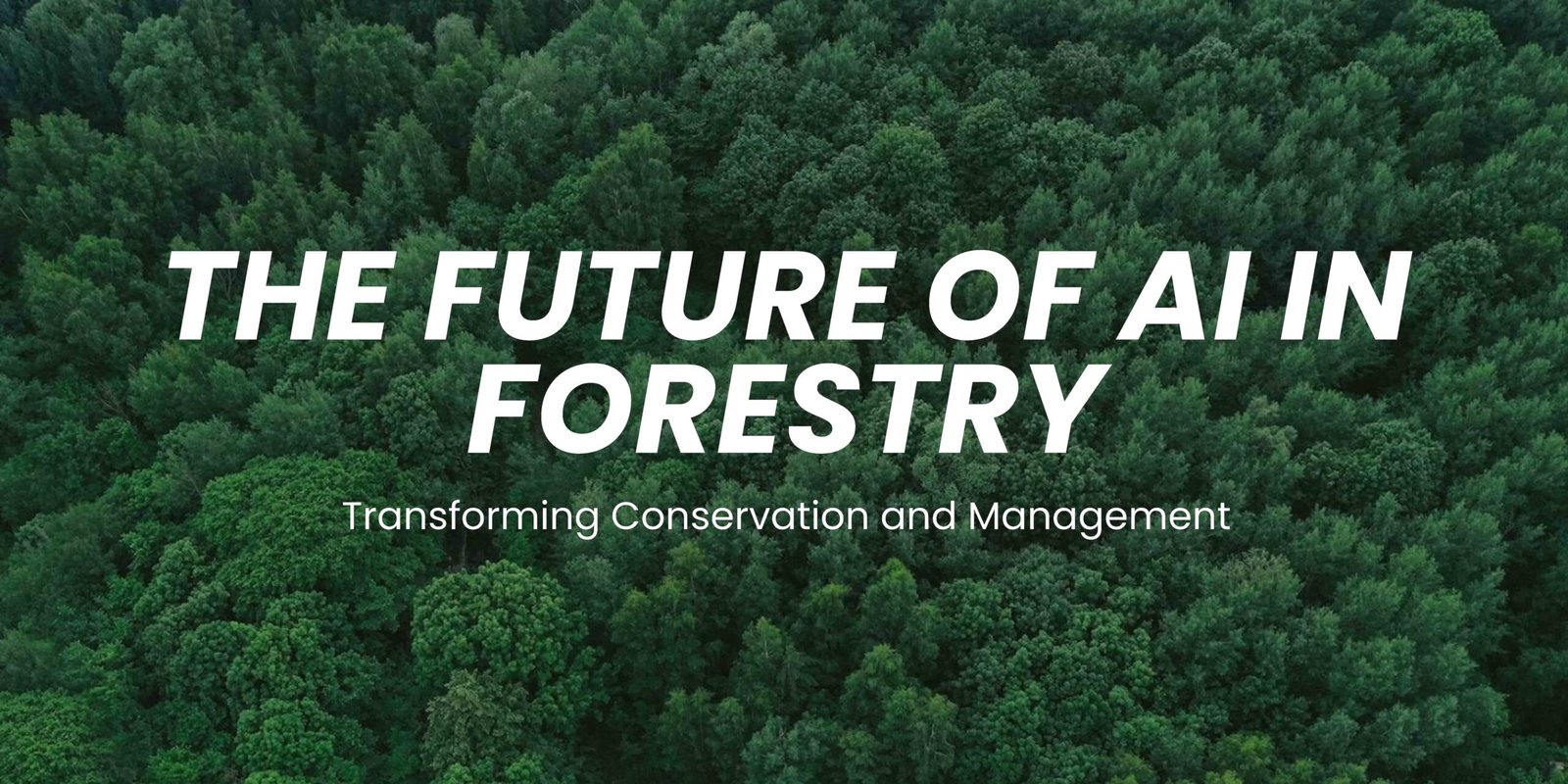


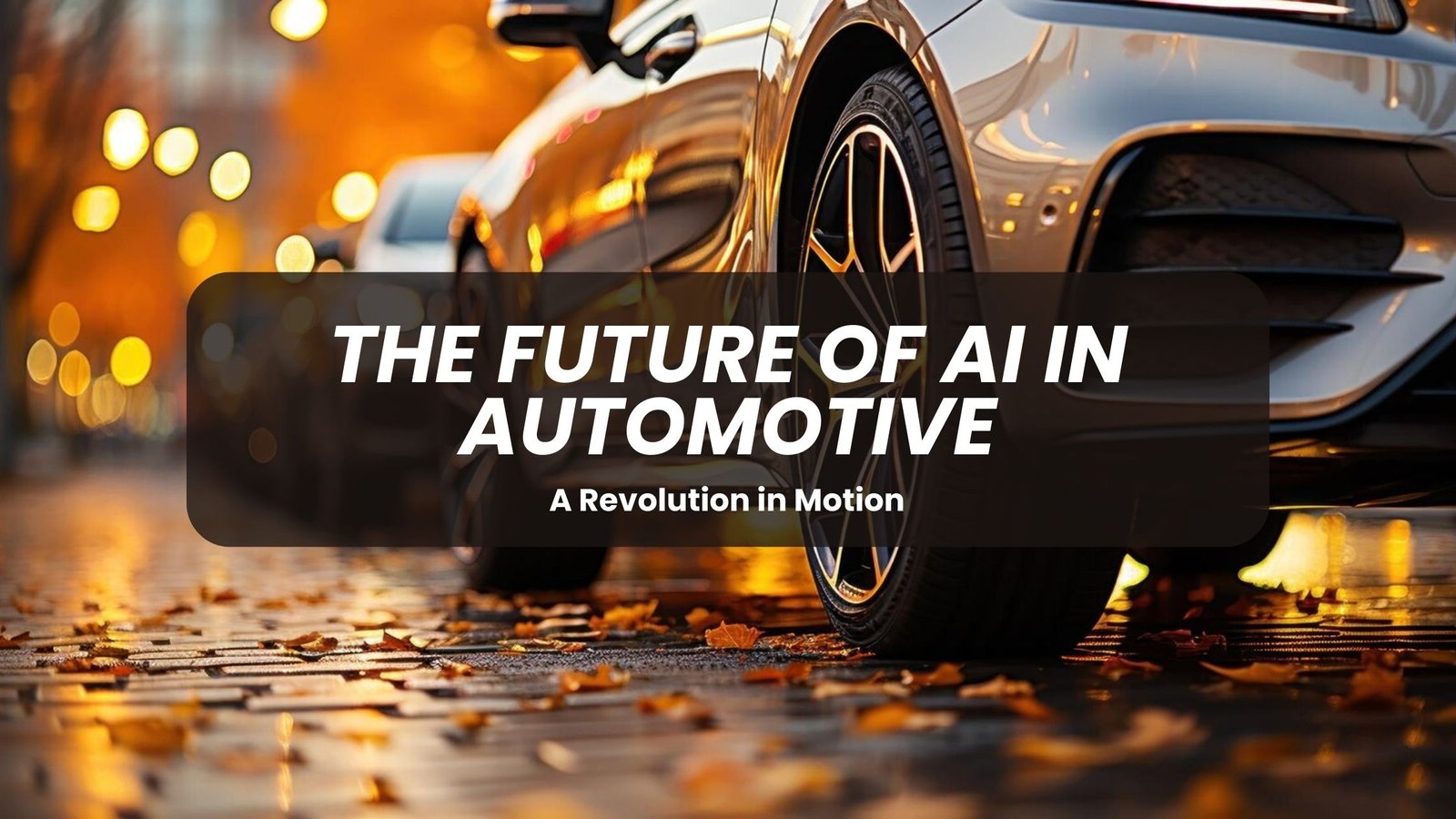


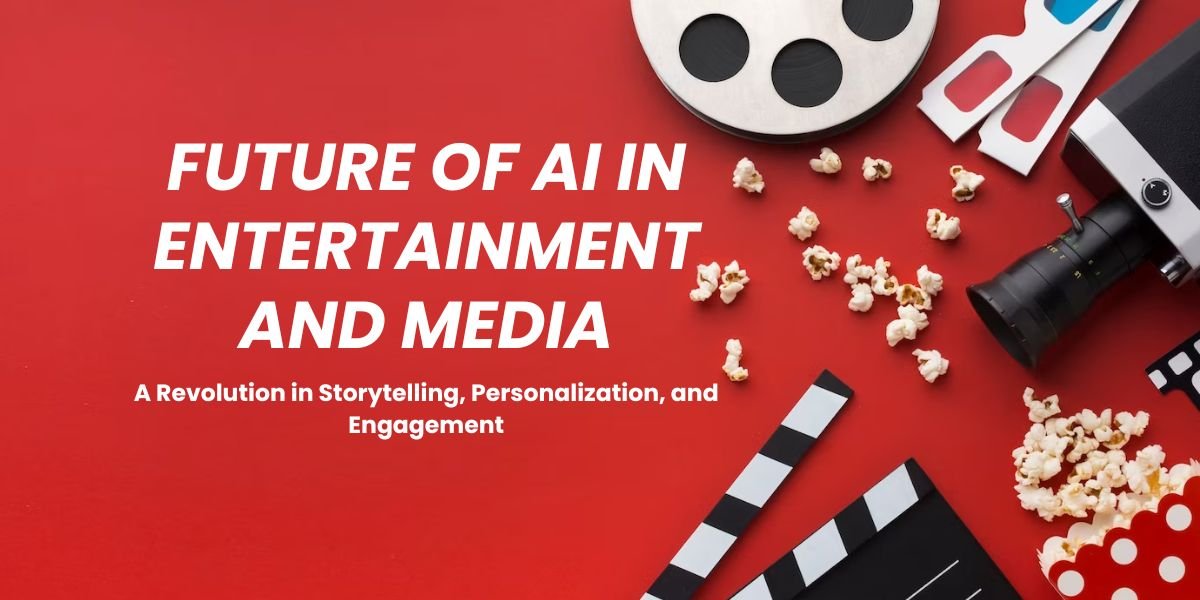
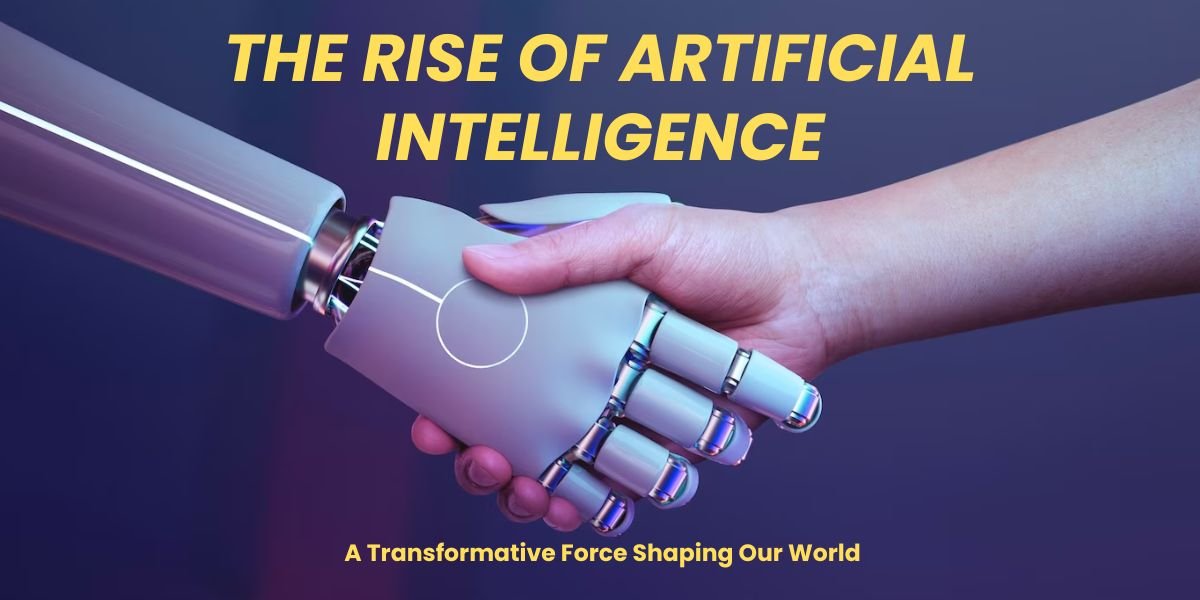

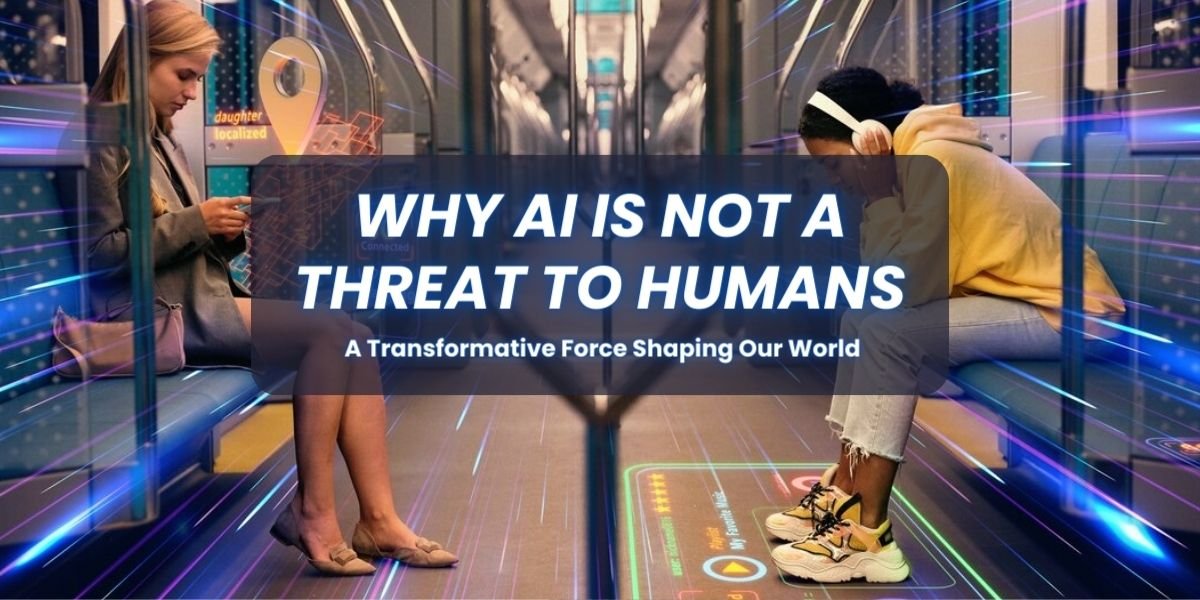
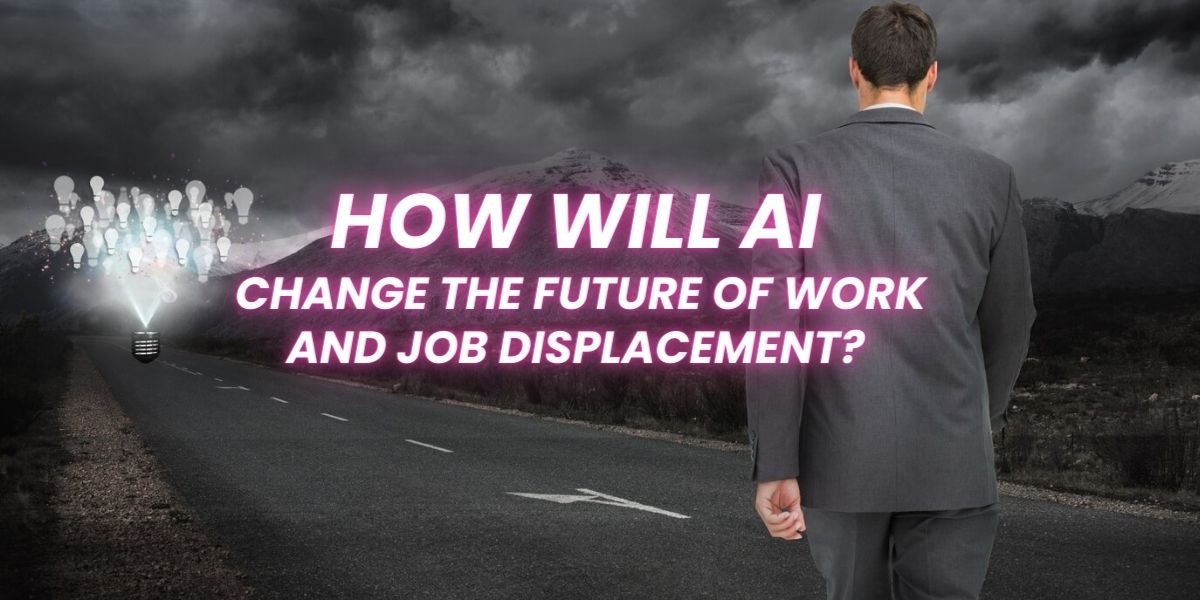
Pingback: The Future of AI in the Military: A Paradigm Shift in Warfare - Meepri
Pingback: The rise of artificial intelligence and its impact on society - Meepri